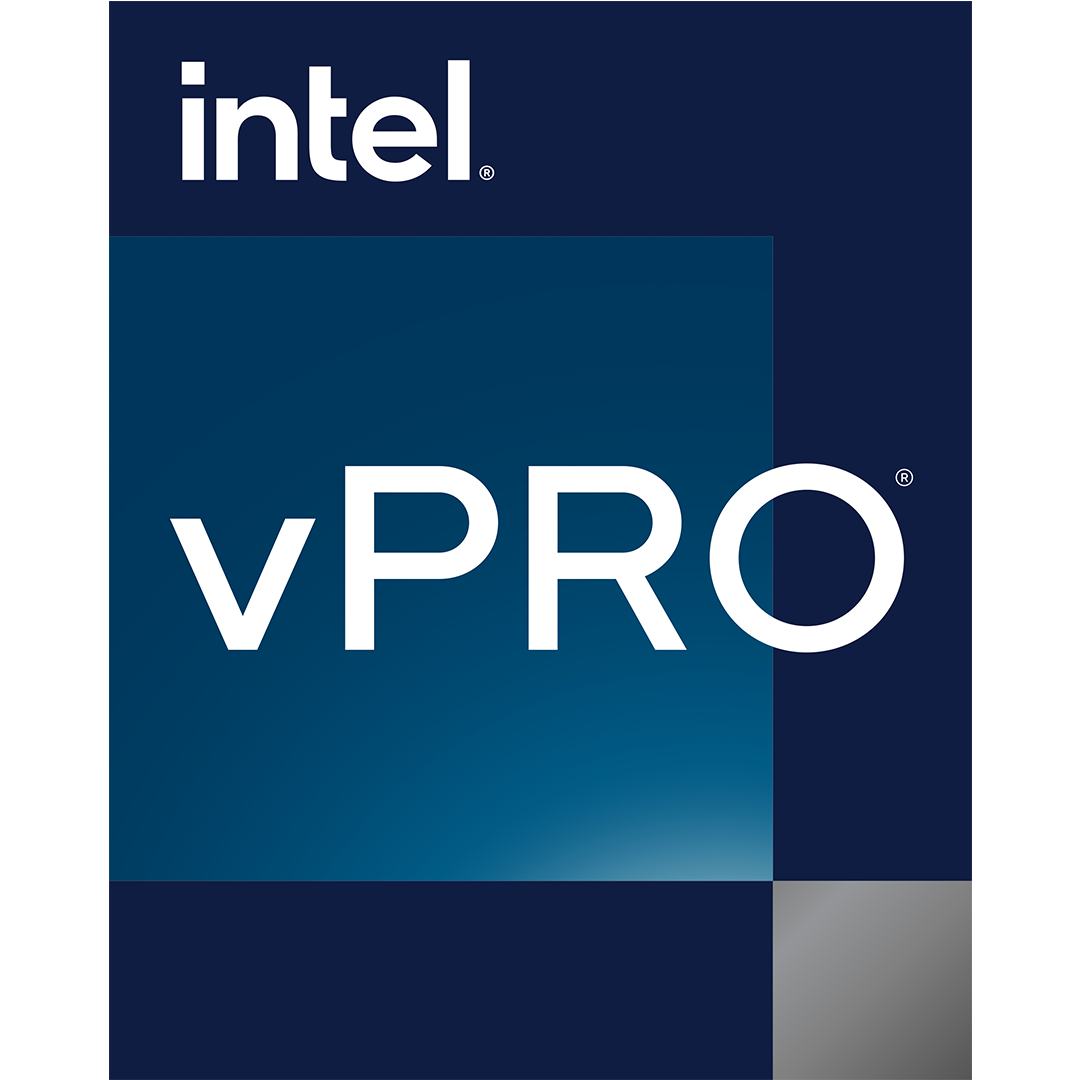
The contemporary cyber security landscape has evolved significantly in recent years. The Covid-19 lockdowns and the consequent rise of working-from-home and hybrid working cultures have ushered in new challenges. As cyber criminals quickly evolve their strategies and tactics, so too must those aiming to mitigate and prevent cybercrime. Whereas engaging in malicious online activities used to be the preserve of technically skilled and highly proficient computer users and coders, today the scene has grown significantly beyond the confines of its lone hacker stereotypical image: malware, ransomware, spyware and other cybercriminal services and products are available on the dark web at comparatively low cost.
Cyber-attacks and security breaches have become a key source of revenue for criminal gangs operating across continents, often with little expertise. Over the last few years we’ve seen how breaches and data leaks by these shadowy networks can destroy the reputations of otherwise highly trusted companies, causing share prices to tumble. Remedying the detrimental outcomes of successful breaches can cost organisations precious time and resources and negatively impact productivity, adding further insult to the injury of negative publicity and declining customer trust. And it isn’t just a small minority who are being affected: according to data released by the UK government in April this year, over a third (37 per cent) of large businesses, and over a quarter (25 per cent) of medium-sized businesses have been victims of cyber-attacks in the last year alone.
In the post-pandemic world, with employees now regularly dispersed across wide geographical areas and even in different countries, private and public sector organisations can no longer hide behind the physically and technically self-contained walls of well-protected computer networks and intranets in offices full of machines set up by cyber-conscious IT teams. For organisations and IT professionals working to keep their networks safe, a multi-pronged approach is needed that encompasses a plan to create and maintain cyber resilience in an institutions’ hardware, software and personnel. Alongside a cyber-aware workforce, it’s the combination of hardware and software that provides the most comprehensive protection for any business. Intel vPro aims to provide just that.
Intel vPro employs Intel Threat Detection Technology (Intel TDT) with 93 per cent efficacy in detecting top ransomware attacks. Because of that, major security breaches have been reduced by 26 per cent, and a 21 per cent reduction in impactful security events have been recorded. Part of the reason for that is that it’s the only business platform with built-in hardware security to detect ransomware and software supply chain attacks.
“We’ve been improving the platform and adding more and more features to it for many years”, says Jimmy Wai, Partner Technical Sales Specialist at Intel Corporation. “We’re focusing on four areas: performance, security, manageability, and stability. On the performance side, we are not only making sure the Intel vPro platform has great processing power to meet enterprise computing needs, but also great connectivity and user experience to keep employees productive in a hybrid work environment.”
It’s that holistic approach that marks out the Intel vPro platform, he adds: “We’re working with the large operating system (OS) vendors, and original equipment manufacturers (OEMs), to ensure compatibility with the enterprise environment before the platform is released on the market.”
For business computing, Intel vPro uses nearly two decades of expertise to significantly reduce attack surfaces by 70 per cent compared to machines that are just four years old. In the contemporary cyber risk environment, upping to the latest hardware is becoming a necessity if organisations want to operate with the optimum level of security.
“We’ve got a whole host of features that help teams combat new risks”, Wai continues, “including one that allows IT teams to manage a PC remotely even when an operating system isn’t running.” The Intel Active Management (Intel AMT) capability in Intel vPro allows IT departments to manage the PC and support end users at remote locations – an ideal feature for the hybrid working era. “That means that if there’s a problem, even if we can’t get onto the OS we can still troubleshoot problems and get them fixed quickly without asking people to come into the office or have people go round to houses”, says Wai. In the unfortunate case of a real security event, Intel AMT can help organizations recover their impacted PC from the incident more efficiently. And the hardware has been “extensively tested”, he’s keen to emphasise. “Our firmware, the silicon, the drivers are all fully stable in an enterprise setting, guaranteeing that stability and dependability for our users.”
As the number of cyber-attacks rises and as attacks grow more complex and severe, and as technologies become available to more and more malicious actors, Intel’s Hardware Shield on Intel vPro Windows-based PCs provides the most comprehensive security available for organisations and IT networks, protecting your users and your data right out of the box.
Whilst performance, manageability and stability are accounted for, security considerations remain top of mind, as they are for a lot of Chief Information Officers, and this is especially true today. “We’ve built in a huge amount of hardware-based security features to enable the results we’re seeing”, Wai said. “Because of that we’ve significantly reduced the attack surface and mitigated major security breaches with the aim of reducing the long-term total cost of ownership of a PC fleet.”
In an age of digital transformation, maximum cyber-security is the minimum requirement for the peace of mind of IT organisations. And that’s what Intel is aiming to provide.
For more on Intel vPro visit:
References for statistics and figures:
www.intel.com/performance-vpro
https://edc.intel.com/content/www/us/en/products/performance/benchmarks/intel-vpro/



